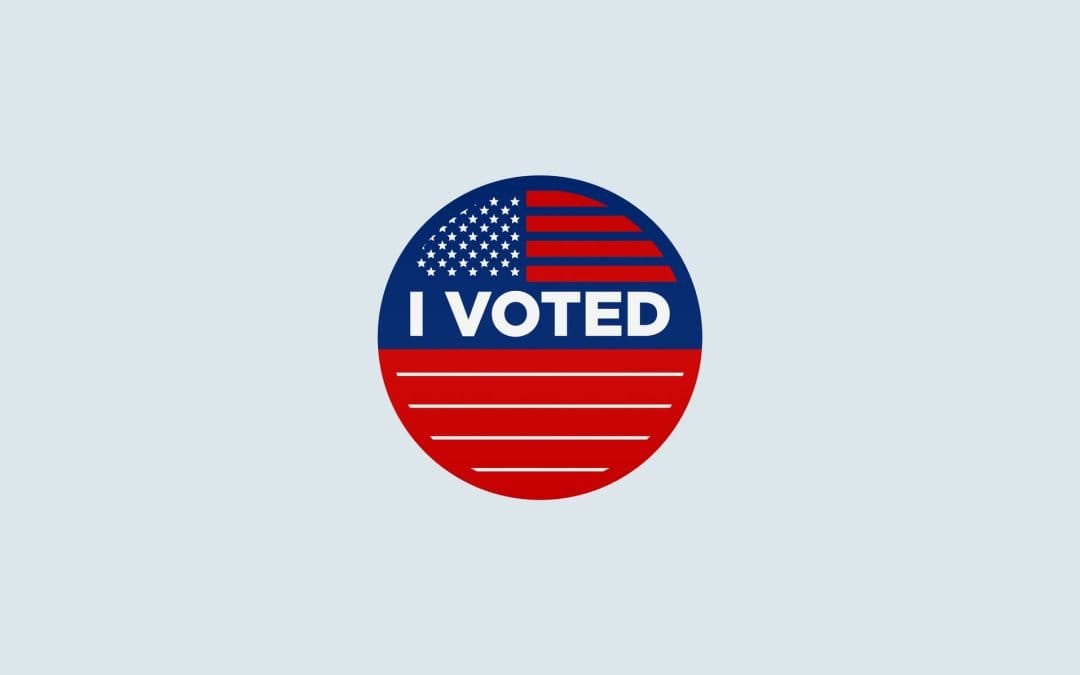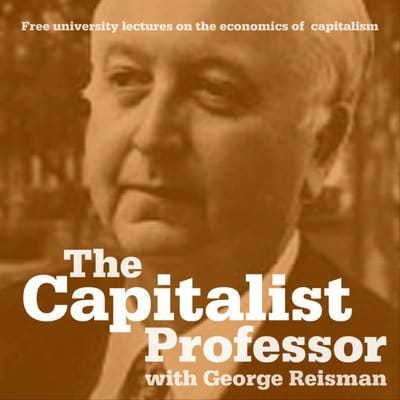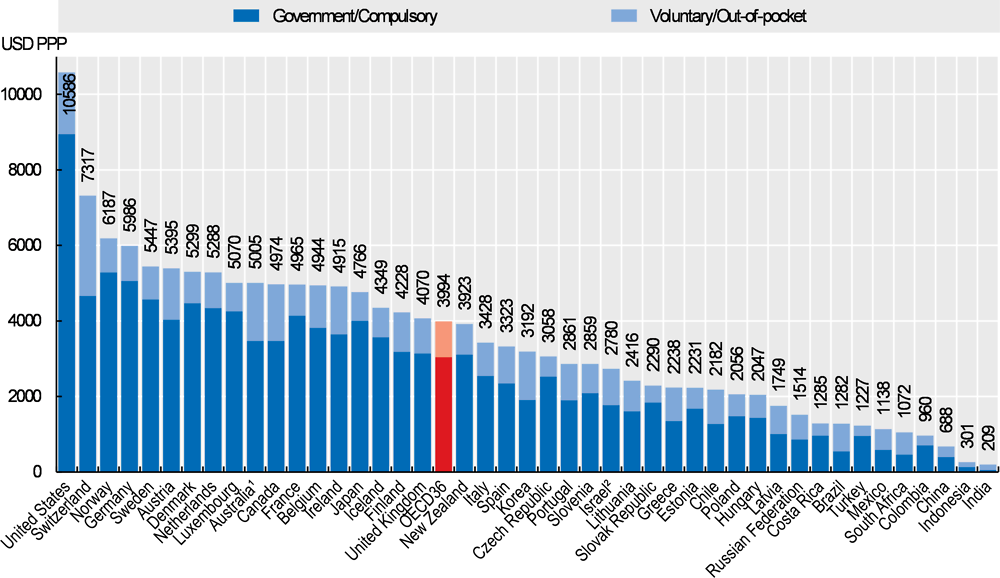JUSTICE GORSUCH, with whom JUSTICE KAVANAUGH joins, concurring in denial of application to vacate stay.
Weeks before a national election, a Federal District Judge decreed that Wisconsin law violates the Constitution by re-quiring absentee voters to return their ballots no later than election day. The court issued its ruling even though over 30 States have long enforced the very same absentee voting deadline—and for understandable reasons: Elections must end sometime, a single deadline supplies clear notice, and requiring ballots be in by election day puts all voters on the same footing. “Common sense, as well as constitutional law, compels the conclusion that government must play an active role in structuring elections,” and States have always required voters “to act in a timely fashion if they wish to express their views in the voting booth.” Burdick v. Taku-shi, 504 U. S. 428, 433, 438 (1992).
Why did the district court seek to scuttle such a long-set-tled tradition in this area? COVID. Because of the current pandemic, the court suggested, it was free to substitute its own election deadline for the State’s. Never mind that, in response to the pandemic, the Wisconsin Elections Commission decided to mail registered voters an absentee ballot application and return envelope over the summer, so no one had to ask for one. Never mind that voters have also been free to seek and return absentee ballots since September. Never mind that voters may return their ballots not only by mail but also by bringing them to a county clerk’s office, or various “no touch” drop boxes staged locally, or certain poll-ing places on election day. Never mind that those unable to vote on election day have still other options in Wisconsin, like voting in-person during a 2-week voting period before election day. And never mind that the court itself found the pandemic posed an insufficient threat to the health and safety of voters to justify revamping the State’s in-person election procedures.
So it’s indisputable that Wisconsin has made considerable efforts to accommodate early voting and respond to COVID. The district court’s only possible complaint is that the State hasn’t done enough. But how much is enough? If Wisconsin’s statutory absentee voting deadline can be discarded on the strength of the State’s status as a COVID “hotspot,” what about the identical deadlines in 30 other States? How much of a “hotspot” must a State (or maybe some sliver of it) be before judges get to improvise? Then there’s the question what these new ad hoc deadlines should be. The judge in this case tacked 6 days onto the State’s election deadline, but what about 3 or 7 or 10, and what’s to stop different judges choosing (as they surely would) different deadlines in different jurisdictions? A widely shared state policy seeking to make election day real would give way to a Babel of decrees. And what’s to stop courts from tinkering with in-person voting rules too? This judge declined to go that far, but the plaintiffs thought he should have, and it’s not hard to imagine other judges accepting invitations to unfurl the precinct maps and decide whether States should add polling places, revise their hours, rearrange the voting booths within them, or maybe even supplement existing social distancing, hand washing, and ventilation protocols.
The Constitution dictates a different approach to these how-much-is-enough questions. The Constitution provides that state legislatures—not federal judges, not state judges, not state governors, not other state officials—bear primary responsibility for setting election rules. Art. I, §4, cl. 1. And the Constitution provides a second layer of protection too. If state rules need revision, Congress is free to alter them. Ibid. (“The Times, Places and Manner of holding Elections for Senators and Representatives, shall be prescribed in each State by the Legislature thereof; but the Congress may at any time by Law make or alter such Regulations . . . ”). Nothing in our founding document contemplates the kind of judicial intervention that took place here, nor is there precedent for it in 230 years of this Court’s decisions.
Understandably so. Legislators can be held accountable by the people for the rules they write or fail to write; typically, judges cannot. Legislatures make policy and bring to bear the collective wisdom of the whole people when they do, while courts dispense the judgment of only a single per-son or a handful. Legislatures enjoy far greater resources for research and factfinding on questions of science and safety than usually can be mustered in litigation between discrete parties before a single judge. In reaching their decisions, legislators must compromise to achieve the broad social consensus necessary to enact new laws, something not easily replicated in courtrooms where typically one side must win and the other lose.
Of course, democratic processes can prove frustrating. Because they cannot easily act without a broad social consensus, legislatures are often slow to respond and tepid when they do. The clamor for judges to sweep in and address emergent problems, and the temptation for individual judges to fill the void of perceived inaction, can be great. But what sometimes seems like a fault in the constitutional design was a feature to the framers, a means of ensuring that any changes to the status quo will not be made hastily, without careful deliberation, extensive consultation, and social consensus.
Nor may we undo this arrangement just because we might be frustrated. Our oath to uphold the Constitution is tested by hard times, not easy ones. And succumbing to the temptation to sidestep the usual constitutional rules is never costless. It does damage to faith in the written Constitution as law, to the power of the people to oversee their own government, and to the authority of legislatures, for the more we assume their duties the less incentive they have to discharge them. Last-minute changes to longstanding election rules risk other problems too, inviting confusion and chaos and eroding public confidence in electoral out-comes. No one doubts that conducting a national election amid a pandemic poses serious challenges. But none of that means individual judges may improvise with their own election rules in place of those the people’s representatives have adopted.






